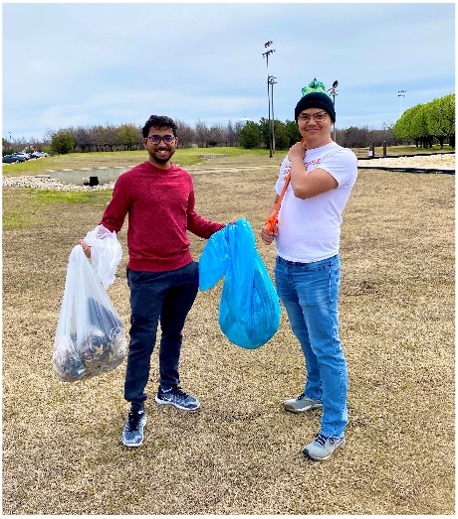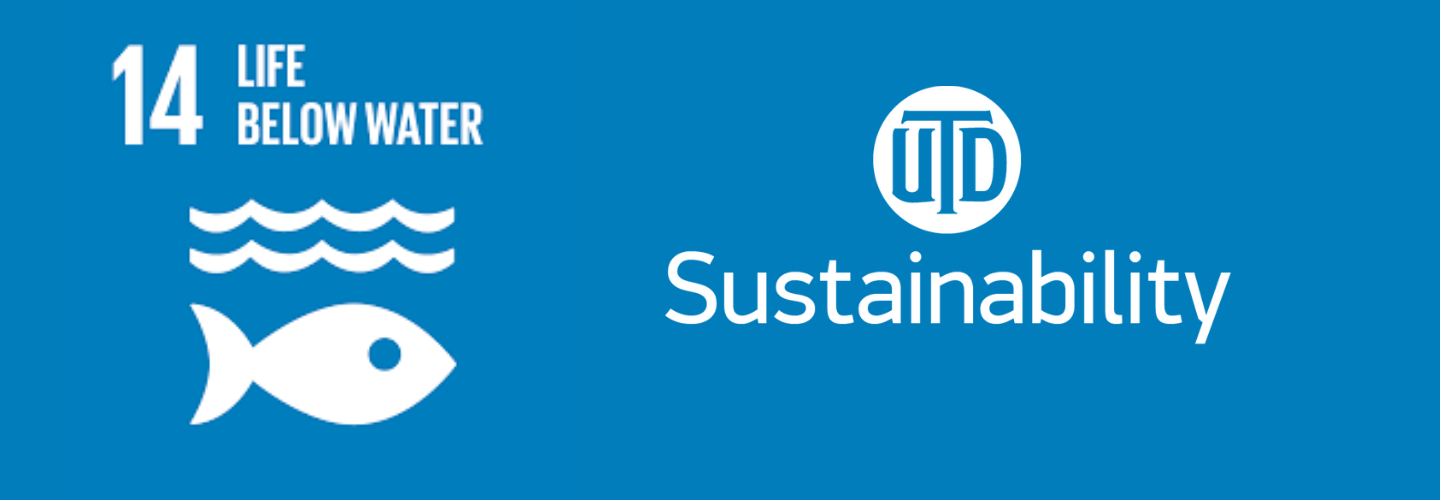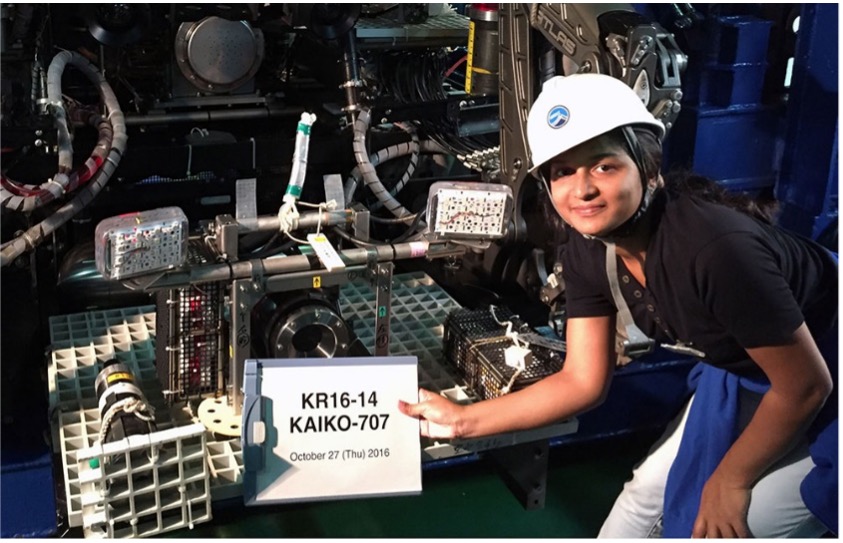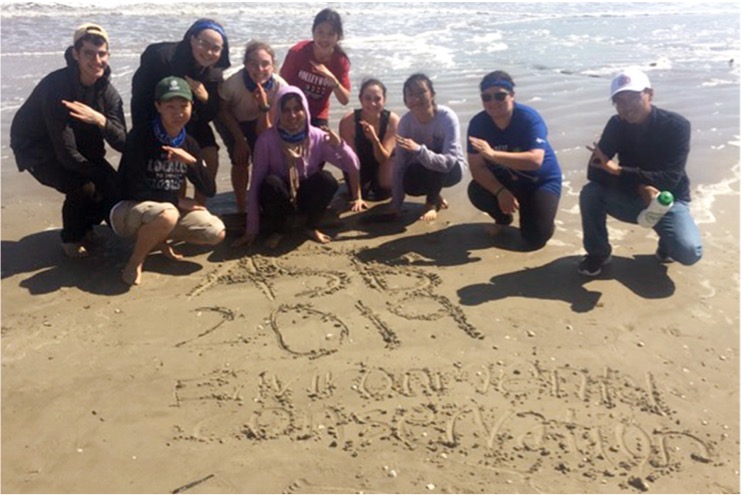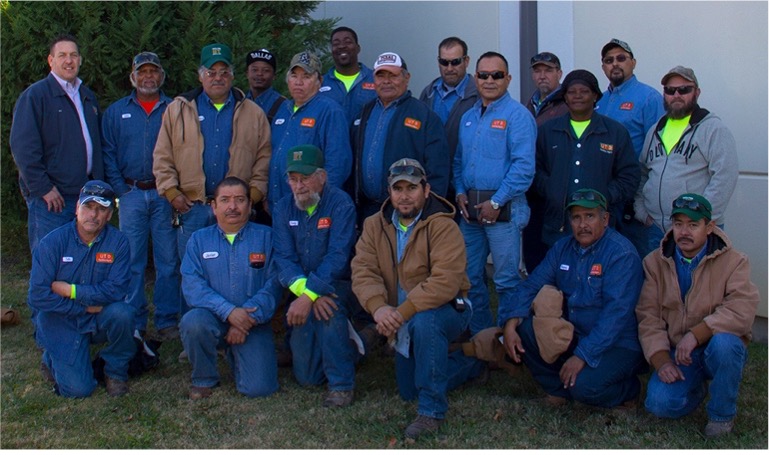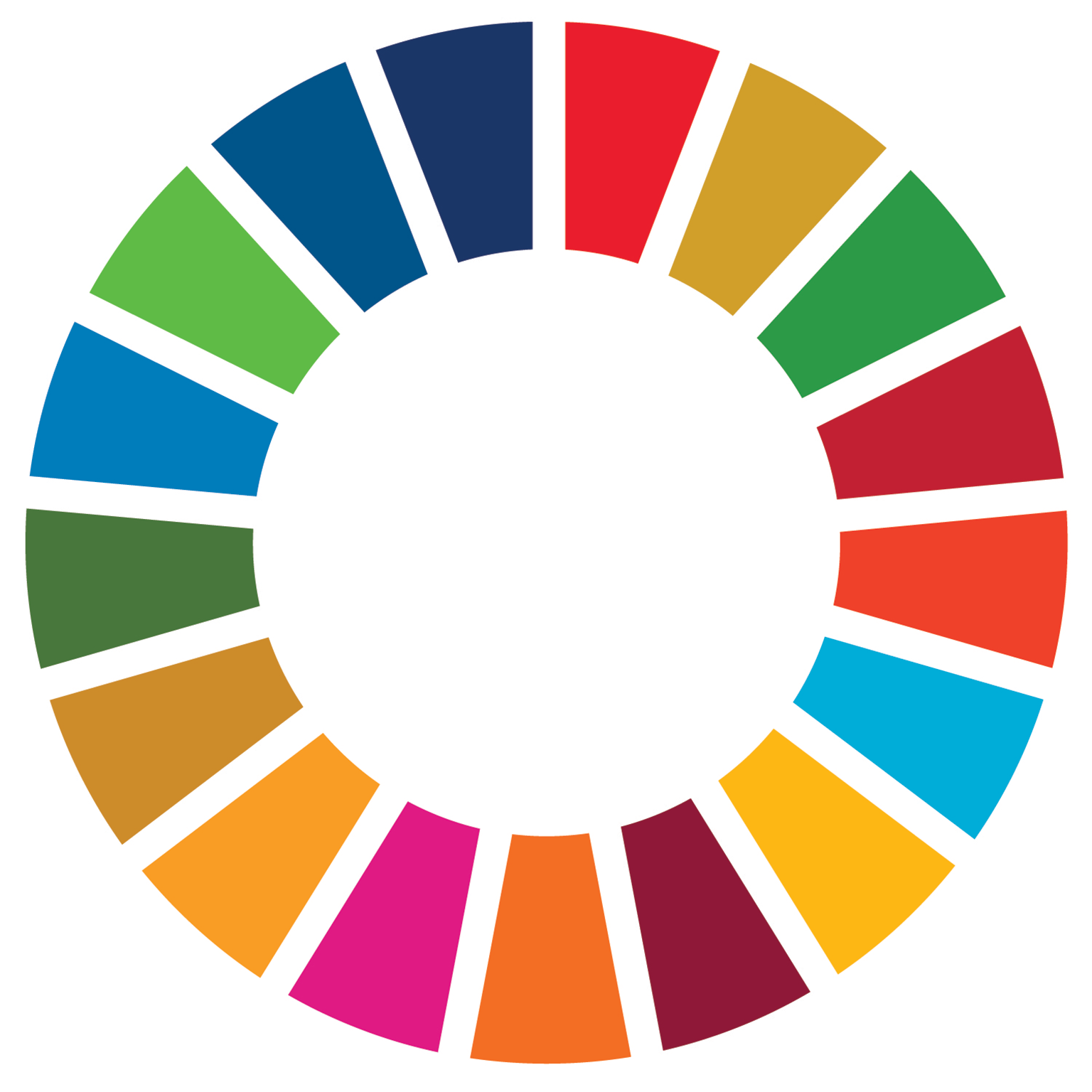Conserve and sustainably use the oceans, seas and marine resources
for sustainable development.
Life Below Water Globally
Sustainable Development Goal 14 is important both for protecting ocean
ecosystems and preserving an essential global resource. The ocean ultimately provides
and regulates rainwater, drinking water, much of our food, and even our weather. Without
careful management, we could threaten 3 billion people’s primary source of protein.
The biodiversity of life below water is already under threat due to plastic pollution,
ocean acidification, and overfishing by human populations. Issues of pollution and
acidification will only be exacerbated by climate change if we do not act now to save
our oceans.
Life Below Water Locally
Although UT Dallas is not located along a coastline, preserving life below water
is still an essential driver of sustainability and environmental preservation on campus.
In our research and academics, we strive to drive innovation and inform students of the
issues facing our waters. Through sustainable management of water highlighted through
SDG 6 [Sustainable Development Goal 6]
UTD is purposeful and responsible in our consumption of water. We also have our very
own local watershed to protect on campus.
Cottonwood Creek runs through the UT Dallas campus. The West Fork of
Cottonwood Creek runs along the west side of campus, through University Village. It
ultimately joins other waterways at White Rock Lake, part of the Trinity River watershed.
As community members, we strive to protect local wildlife that is part of the Trinity
River watershed which ultimately flows into Galveston Bay, the Gulf of Mexico, and
the Atlantic Ocean.
Highlights
Watershed Stewardship
SDG 12: Responsible Consumption and Production
SDG 15: Life on Land
Through several different programs, the University of Texas at Dallas takes
stewardship of our local watershed. The Office of Sustainability, in partnership with
the Office of Student Volunteerism, hosted monthly Campus Cleanup events throughout the
academic year of 2022-2023. Students could sign up for Saturday shifts to
join a group picking up litter in a designated area of campus, earning service hours for
their work. Outside of student participation, our Facilities Management team is also
dedicated to protecting local watersheds and habitats.
Research: Rare Underwater Life Discovery
SDG 9: Industry, Innovation and Infrastructure
SDG 13: Climate Action
A team of UT Dallas researchers joined US and Japanese geoscientists to
discover a system of hydrothermal vents and wildlife three miles below surface level
in the Pacific Ocean. Dr. Robert Stern, professor of geosciences at UT Dallas,
shared that understanding life in deep waters can help inform research in the emergence
of life on Earth. This research, published in the Proceedings of National Academy of
Sciences in 2012, is just one example of the groundbreaking work UTD faculty contribute to.
Read more about their discovery of hydrothermal vents.
Alternative Spring Break: Environmental Conservation
SDG 4: Quality Education
SDG 17: Partnerships for the Goals
Alternative Spring Break
(ASB [Alternative Spring Break] )
is an immersive week of hands-on service, leadership-building, and relationship-building
supplemented with education and reflection. Students have the chance to make an impact on
communities around the U.S. and learn more about the challenges and opportunities facing
the country. In the spring of 2022, 6 participants joined an
ASB [Alternative Spring Break]
focused on Environmental Conservation, in sponsorship with the Office of Sustainability,
at the Galveston Bay Foundation. It included a range of experiences, including replacing
invasive plants with native ones, measuring and reporting results from an oyster recycling
program, and cleaning trash from a beach. In conserving the environment and promoting
sustainability, life below water is an essential piece that is emphasized in
ASB [Alternative Spring Break] programming.
Learn more about Alternative Spring Break.
Landscape Management
SDG 6: Clean Water and Sanitation
SDG 15: Life on Land
UT Dallas is a campus that is comprised of buildings, greenspace, and natural
landscaping features that includes many diverse species of flora and fauna. Facilities
Management and the Office of Sustainability work across campus to improve the livability
of our landscapes. All 445 acres of the UT Dallas campus are managed in accordance
with an Integrated Pest Management (IPM) program that uses a four-tiered
approach. By planting native plant species, UT Dallas saves irrigation water. As
part of the Campus Landscape Enhancement Project, an
Urban Forrest (PDF [Portable Document Format File] ) was established along University Drive. The forest is a densely planted area, reminiscent
of a Texas creek bed. More than 5,000 trees and shrubs were planted, many of them native
to Texas. The varieties include Afghan Pines, Bur Oaks, Caddo Maples, Cedar Elms,
Chinquapin Oaks, Magnolias, Pond Cypress and Shumard Oaks. The Urban Forest is set in a
natural riparian corridor running through campus. Through efficient and strategically
planned watering, our Facilities Management team ensures that our campus landscape is
healthy and visually appealing. Efficiency in campus irrigation minimizes water loss
and waste. UT Dallas utilizes bioswales, rainwater harvesting, stormwater ponds,
solar sync sensors, and native landscaping to minimize water loss and runoff. Bioswales
have been added as part of new construction at the Student Service Building and
Bioengineering and Science Building. Stormwater mitigation techniques improve the
management of Cottonwood Creek that runs through campus.
Goals / Future Work
Increase student participation in Campus Cleanup programs
Learn More
- Take the online courses regarding Life Below Water from SDG Academy
- Learn more about the targets and indicators at the UN Global Goals website
